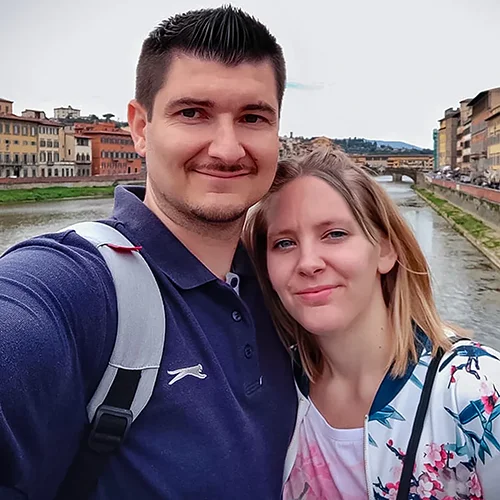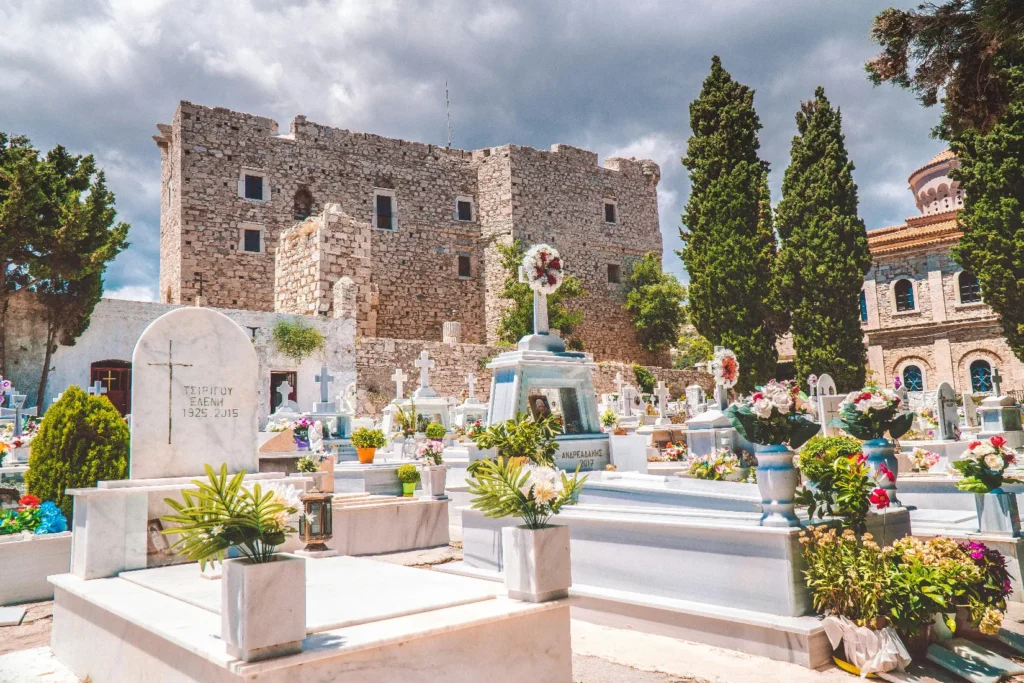All Saints‘ Day and the Día de Todos los Santos
All Saints‘ Day and the Día de Todos los Santos
All Saints‘ Day and the Día de Todos los Santos
All Saints‘ Day and the Día de Todos los Santos
31. Oktober 2024
Feedback: 0
In both countries, All Saints‘ Day is a time for remembrance, yet the traditions differ significantly. In Germany, the focus is often on silence and introspection, while in Spain, the holiday is marked by a warm and open atmosphere. Spaniards visit the graves of family members, decorating them with fresh flowers, and often spend time together at the cemetery.
- A holiday of families and traditions
- Differences in mood
- Traditional dishes for All Saints‘ Day: Spain vs. Germany
- What’s on the table in Spain
- German reticence
- All Saints‘ Day and Halloween: how Spain and Germany celebrate
- Halloween and All Saints‘ Day side by side
- A cultural mix
- Tips & variations for your All Saints‘ Day in Spain
A holiday of families and traditions
In Germany, All Saints‘ Day is also a holiday, but many spend it quietly at home. In Spain, however, a visit to the cemetery is an essential part of the day and is often observed in a large gathering, with conversations and laughter—a warm and open way to remember loved ones who have passed.
Differences in mood
While Germany often observes a quiet and reserved mood, the atmosphere in Spain is calm yet positive. The cemeteries are covered in a sea of flowers on this day, creating an almost festive ambiance.
Traditional dishes for All Saints‘ Day: Spain vs. Germany
Food on All Saints‘ Day is also different: in Spain, a variety of sweet treats are enjoyed to celebrate the holiday, while in Germany, there are often no specific dishes associated with the day. Particularly popular in Spain are the „Huesos de Santo“ (Saint’s Bones) made from marzipan, and „Buñuelos de Viento“—fried dough balls filled with cream.
What’s on the table in Spain
◉ Huesos de Santo: Sweet marzipan bones traditionally filled with egg yolk cream.
◉ Buñuelos de Viento: Airy balls of dough filled with cream, whipped cream or chocolate that go perfectly with coffee.
German reticence
In Germany, there are often no specific dishes or sweets associated with All Saints‘ Day, making the Spanish treats a delightful change. Those who want to try the Spanish tradition can find these specialties in bakeries during the week leading up to All Saints‘ Day.
All Saints‘ Day and Halloween: how Spain and Germany celebrate
While Halloween is becoming increasingly popular in both Germany and Spain, All Saints‘ Day remains the more significant celebration—especially in Spain. Many Spaniards blend the spooky night with All Saints‘ Day traditions, whereas Halloween in Germany is often celebrated independently of November 1st.
Halloween and All Saints‘ Day side by side
In Spain, All Saints‘ Day remains traditional, even as Halloween gains popularity as a party trend. In Germany, however, All Saints‘ Day is losing significance, especially among younger generations, as Halloween continues to grow in popularity.
A cultural mix
Although Halloween is becoming popular in both countries, Spain maintains the All Saints‘ Day tradition much more deeply. November 1st remains a day of remembrance and family connection.
💡 Insider-Tipps 💡
If you want to experience All Saints‘ Day in Spain, there are a few things that make the day unique and respectful.
◉ Early to the cemetery: Many people visit the cemeteries in the morning hours to escape the crowds and enjoy the quiet atmosphere.
◉ Taste typical sweets: Huesos de Santo and buñuelos are simply a must – you’ll find them in every bakery the week before the holiday.
◉ No photos in cemeteries: Respect the contemplative mood and avoid taking photos at the cemeteries.
Tips & variations for your All Saints‘ Day in Spain
◉ Family time: Use the holiday to spend time together and remember the deceased.
◉ Spanish specialties: Taste the country’s typical sweets and experience a piece of Spanish culture.
◉ Combine Halloween and All Saints‘ Day: Take the best of both festivals and experience the special atmosphere of Spain.
We hope these tips help you master your expat life even better! Do you have your own experiences or further recommendations on the topic of moving abroad? Feel free to leave us a comment! Share this post with others who could benefit from these tips, and stay tuned for more inspiration from life as an expat.
Your Steffi & Marius

Wir sind zwei deutsche Auswanderer und auf emigres-life nehmen wir Dich mit auf unsere Reise in ein neues Leben.
In unserem Projekt schwingt das Pendel meist in Richtung stressig oder chaotisch und weniger in Richtung tiefenentspannt.
Wenn du also wissen willst, in welches Fettnäpfchen wir als nächstes treten oder welche Hürden vor uns liegen und wie wir sie überwinden, dann bleib dran.
Nächster Blogpost
Parken in Spanien: Eine Kunst für sich



 Pin it!
Pin it!

